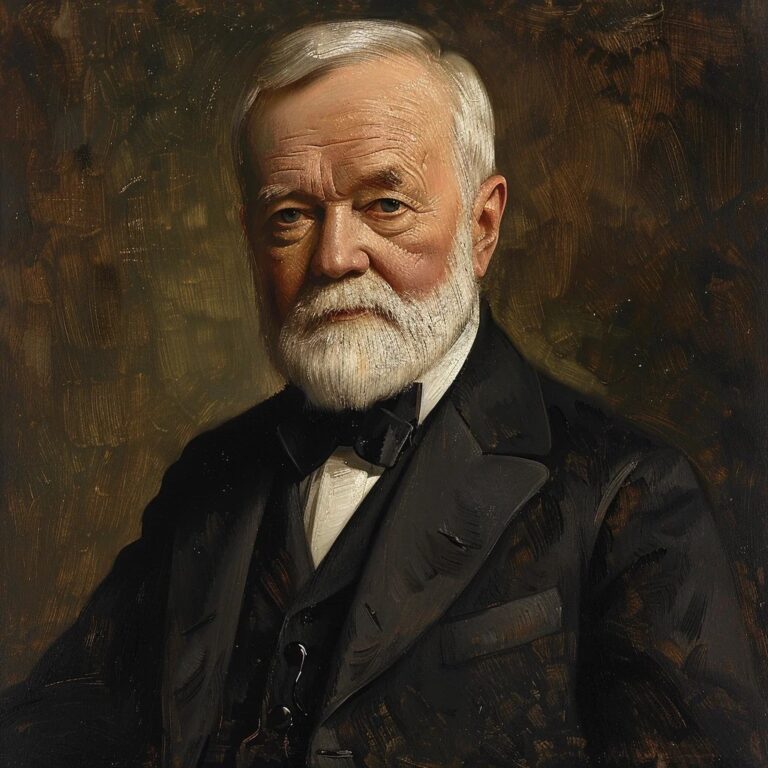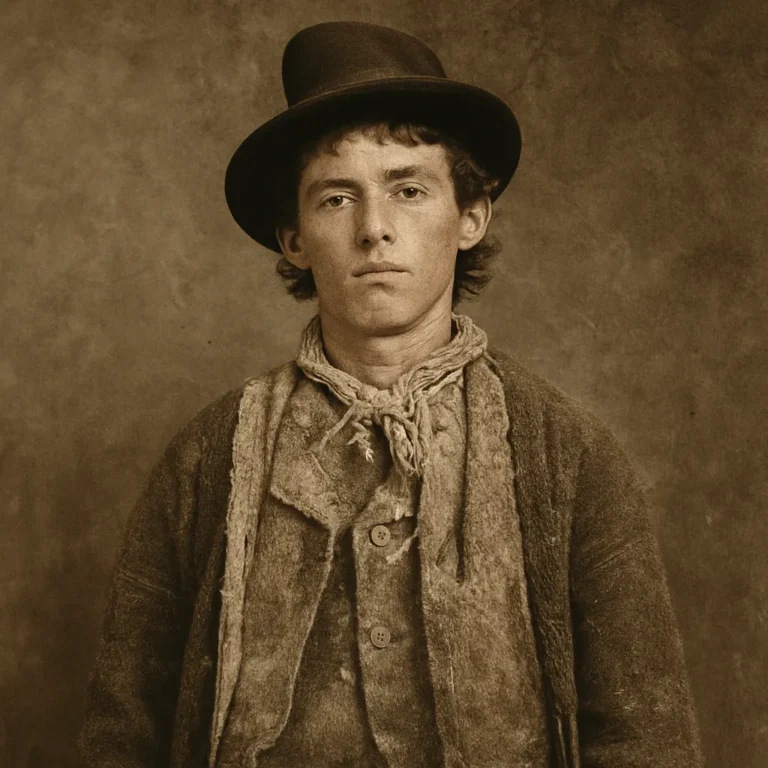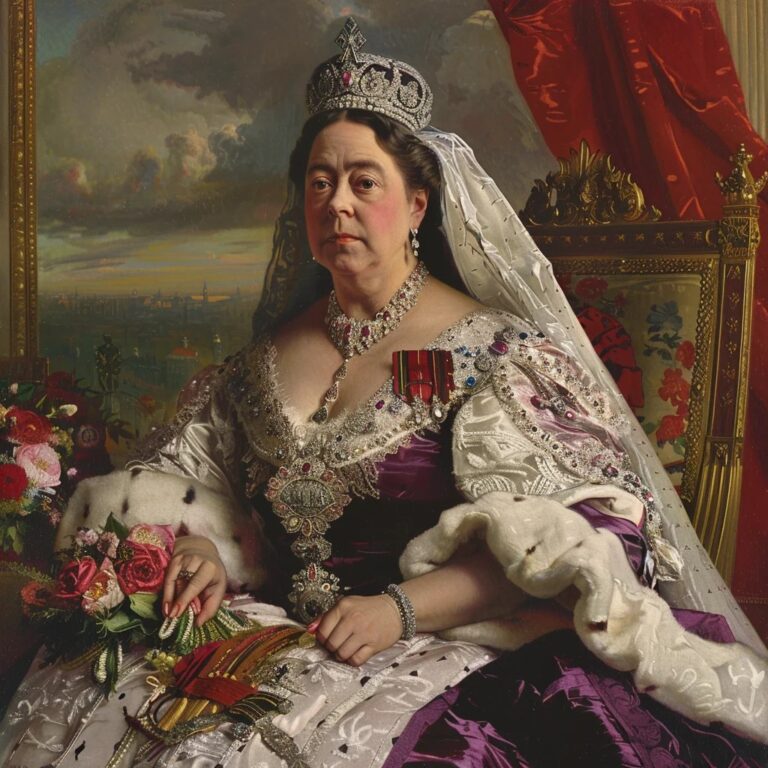Andrew Carnegie was born on November 25, 1835, in Dunfermline, Scotland.
He immigrated to the United States with his family in 1848.
Carnegie started working as a bobbin boy in a cotton factory at age 13.
He invested in the steel industry and founded the Carnegie Steel Company in 1892.
Carnegie sold his steel company to J.P. Morgan in 1901 for $480 million, making him one of the richest men in the world.
He is known for his philanthropy, donating over $350 million to various causes.
Carnegie funded the establishment of over 2,500 public libraries around the world.
He wrote the essay 'The Gospel of Wealth,' advocating for the wealthy to use their riches to benefit society.
Carnegie founded Carnegie Mellon University in Pittsburgh, Pennsylvania.
He established the Carnegie Foundation for the Advancement of Teaching.
Carnegie Hall in New York City was built with his financial support.
He was a strong advocate for world peace and funded the construction of the Peace Palace in The Hague.
Carnegie's legacy includes numerous institutions and foundations bearing his name.
He retired from business at the age of 65 to focus on philanthropy.
Andrew Carnegie passed away on August 11, 1919, in Lenox, Massachusetts.



